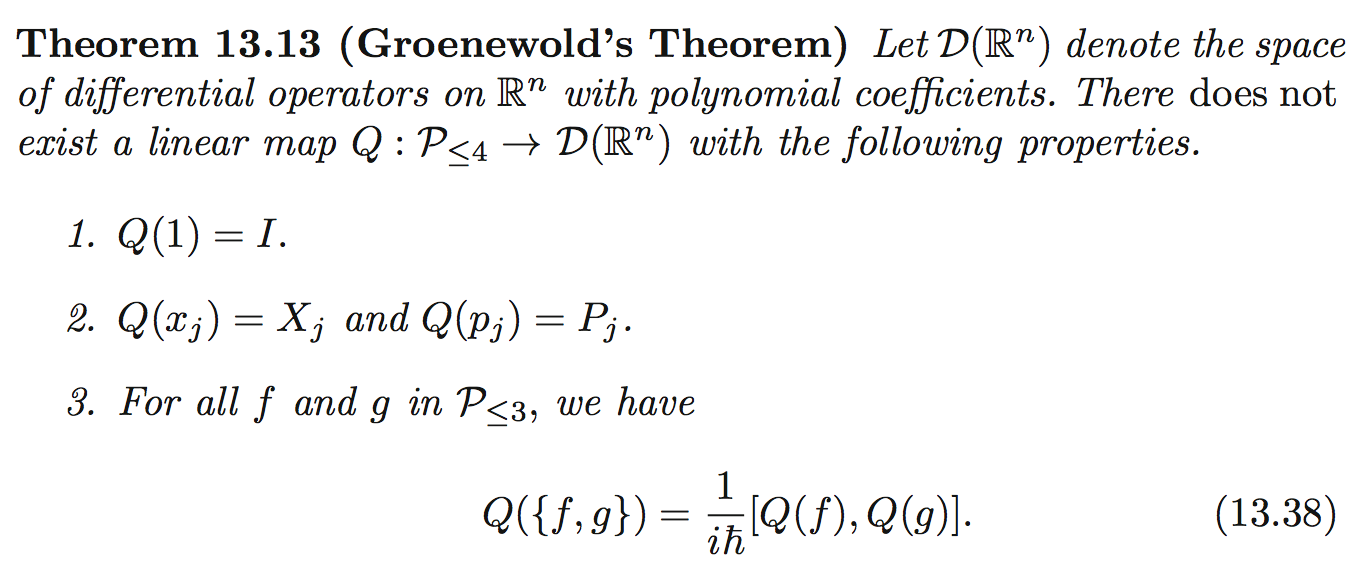00:00 - 03:0003:00 - 06:0006:00 - 09:0009:00 - 10:0010:00 - 12:0012:00 - 15:0015:00 - 17:0017:00 - 19:0019:00 - 23:0023:00 - 00:00
00:00 - 03:0003:00 - 06:0006:00 - 09:0009:00 - 10:0010:00 - 12:0012:00 - 15:0015:00 - 17:0017:00 - 19:0019:00 - 23:0023:00 - 00:00


